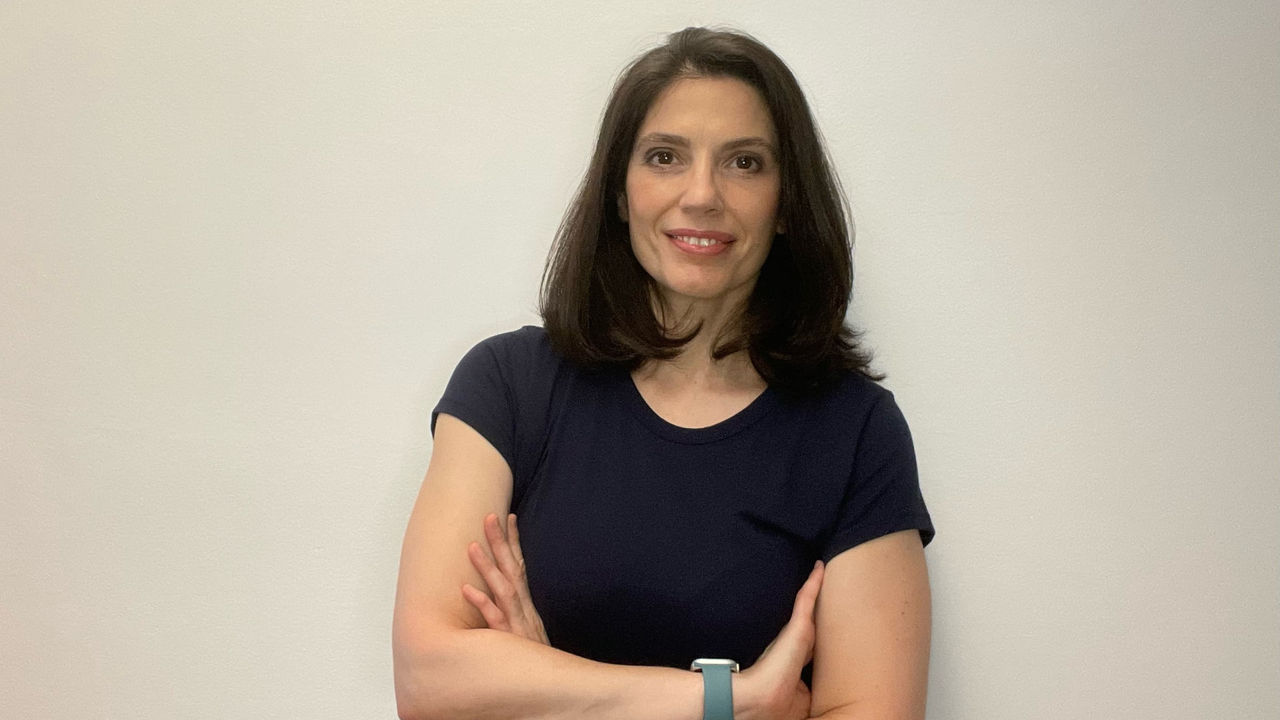"The success of streaming content should be understood as a multidimensional concept"

Elena Neira, phD in Humanities and Communication from the UOC and course instructor in the Faculty of Information and Communication Sciences
Elena Neira, course instructor in the Faculty of Information and Communication Sciences and researcher and expert on the distribution of audiovisual content on streaming platforms, recently defended her thesis, which explored the measurement of SVOD (subscription video on demand) content's success as well as global popularity as a new paradigm. She was supervised by Dr Jordi Sánchez-Navarro and Dr Judith Clares Gavilán in the doctoral programme in Humanities and Communication. In this interview, Neira discusses the reasons for her research, and lists the various aspects that define success in the field of SVOD, and the difficulty of measuring audiences on these platforms – a trend that may change with the emergence of ad-supported plans on some of the most popular platforms, such as Netflix and Prime Video. The researcher also looks at how globalization and algorithmic intermediation influence the popularity and success of content, and shares her perspective on future technological and methodological innovations for audience measurement.
“The platforms obviously need algorithms in order to operate”
You've just defended your thesis, "Beyond traditional audiometry. The success of SVOD content and global popularity as a new paradigm". What inspired you to focus your research on the distribution of content on SVOD platforms and measuring success in those environments?
It's an area in which I've always been interested. While I was working at a film distribution company during the crisis in 2009, I became very interested in the work of a company that had just started up in the streaming sector (which was of course Netflix). At that time, I found it fascinating that a company would be able to see a business opportunity where others just saw bankruptcy (remember that the internet was synonymous with piracy at that time). That interest ended up becoming an academic concern, and the subject of my doctoral degree. Measuring success seemed like an interesting topic to investigate, as when I started the research plan the platforms weren't offering any information about the success or otherwise of their programmes.
You mention various dimensions for evaluating the success of SVOD content in your thesis. Could you explain how these dimensions interact with and complement each other?
The success of the content should be understood as a multidimensional concept, since it's related to consumption (to each user's contact with the reference content), finance (to the return on investment), time (to the timeframe that limits the commercial success of the content) and the market (to the content's position compared to other competing content). This hybrid and dynamic version of success means it's possible to focus on where it best suits each company's objectives. For example, Netflix can say it's successful based on the number of hours watched (to demonstrate publicly that the content is very popular), but internally, this figure is offset by a financial dimension (which for example introduces the variable of the return on investment, or in other words, whether the number of hours watched is worth the money that's been allocated to the project).
What's your opinion on the feasibility of combining sample and census data to obtain a more comprehensive overview of success for SVOD platforms?
I think this issue is one of the irreconcilable differences when it comes to measuring streaming audiences. The platforms (especially the global ones) are reluctant to limit their audiences to a panel. On the other hand, the other agents in the market are used to reporting census data, which not only audits them, but also the competition. Now, thanks to ad-supported plans, the streaming services seem to be more willing to be part of the official industry panels. But this isn't so much out of a desire to be more transparent, but instead to give advertisers some degree of confidence.
What strategies would you suggest to improve SVOD platforms' transparency in terms of the consumption and performance data for their content?
That's a difficult question to answer. At the moment, a collective disclosure of data means that all the parties involved have to be willing to reach an agreement, and that seems a long way off.
You examine the impact of globalization on the success of programmes in your thesis. Could you elaborate on how global distribution influences a title's popularity and success?
Making content internationally popular used to be very difficult, except in very specific cases, because distribution was usually on a country by country basis, and was not simultaneous. Global streaming platforms have made it possible to overcome that barrier, with simultaneous premières around the world. This factor, as well as massive promotional campaigns, dubbing and subtitling, recommendation algorithms (which drive launches on the interfaces) and the intense promotional campaigns carried out on social networks, mean that the content is extraordinarily popular and can cross boundaries.
You mention the "algorithmic audience" and the risks associated with algorithmic intermediation. What are the main challenges and opportunities that this intermediation creates for platforms and content creators?
The platforms obviously need algorithms in order to operate. In catalogues which have so many items for a user to choose from, it'd be almost impossible to manage such a wide range. But it's true that there are some risks. We should remember that platforms aim to retain their clients, and they'll always tend to promote the content that's most likely to be seen (filter bubbles). Some algorithmic amplification and recommendation loops are also common (users' content selections are turned into new knowledge to train the algorithm, creating a feedback loop, or a cycle in which the algorithm's output becomes part of its input). People also talk about algorithmic persuasion (the user's choice is strongly determined by what the system wants them to see), a lack of diversity and uniformity of consumption. Algorithmic curation also reduces individual discoveries and creates tunnel vision, by skewing freedom of choice and reducing the opportunity to experience the catalogue as a complete list.
In your opinion, how should SVOD platforms balance the pursuit of commercial success (a return on their investment) with popular success (engagement and social resonance)?
I'd say that it's one of the aspects that they have fine-tuned the most. Of course, there are still some surprises. Baby Reindeer, for example, was released without a massive marketing campaign, and ended up becoming a global hit. But in general, the platforms' initiatives are piloting a careful social media strategy to build user loyalty (conveying the idea that they are part of a collective phenomenon) and creating a large social footprint.
What technological or methodological innovations do you think will be crucial in the future for measuring audiences on streaming platforms?
Artificial intelligence is driving the major developments in this field. In methodological terms, there's a focus on data aggregation (consumption using different devices and channels), which also requires weighting (assigning a specific value to each viewing).
How do programming and marketing strategies influence the construction of global audiences for local content, according to your research?
Actually, they work in a very similar way to general interest content, albeit in two directions. First, they eliminate geographical barriers to distribution, and lead to releases being as global as possible. Second, they use good dubbing and subtitling techniques. These global strategies are combined with other more local ones, which aim to make content more accessible to each region: for example, with advertising, using the appropriate tone and language for the social profiles of each country, etc.
Finally, what areas of research do you think are important for a better understanding of the future of SVOD platforms and the evolution of their business models?
I think issues such as the financial sustainability of subscription in an environment in which growth is slowing down due to market saturation, the viability of hybrid models (such as those that incorporate advertising), the diversification of their activities (with the inclusion of new experiences, such as the metaverse and video games), and the integration of digital distribution within the structure of the audiovisual system are particularly important.
UOC R&I
The UOC's research and innovation (R&I) is helping overcome pressing challenges faced by global societies in the 21st century by studying interactions between technology and human & social sciences with a specific focus on the network society, e-learning and e-health.
Over 500 researchers and more than 50 research groups work in the UOC's seven faculties, its eLearning Research programme and its two research centres: the Internet Interdisciplinary Institute (IN3) and the eHealth Center (eHC).
The university also develops online learning innovations at its eLearning Innovation Center (eLinC), as well as UOC community entrepreneurship and knowledge transfer via the Hubbik platform.
Open knowledge and the goals of the United Nations 2030 Agenda for Sustainable Development serve as strategic pillars for the UOC's teaching, research and innovation. More information: research.uoc.edu.
Press contact
-
Núria Bigas Formatjé

